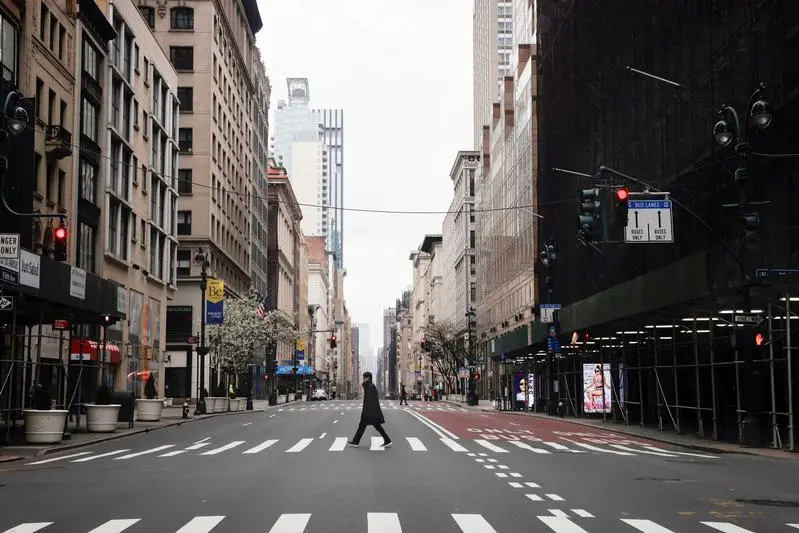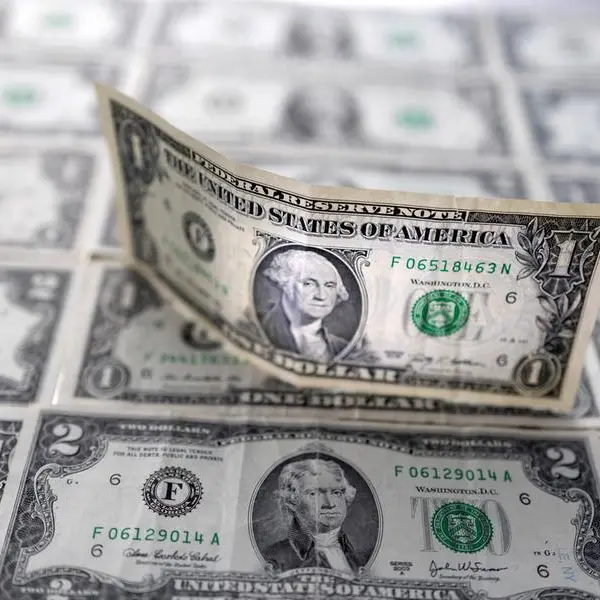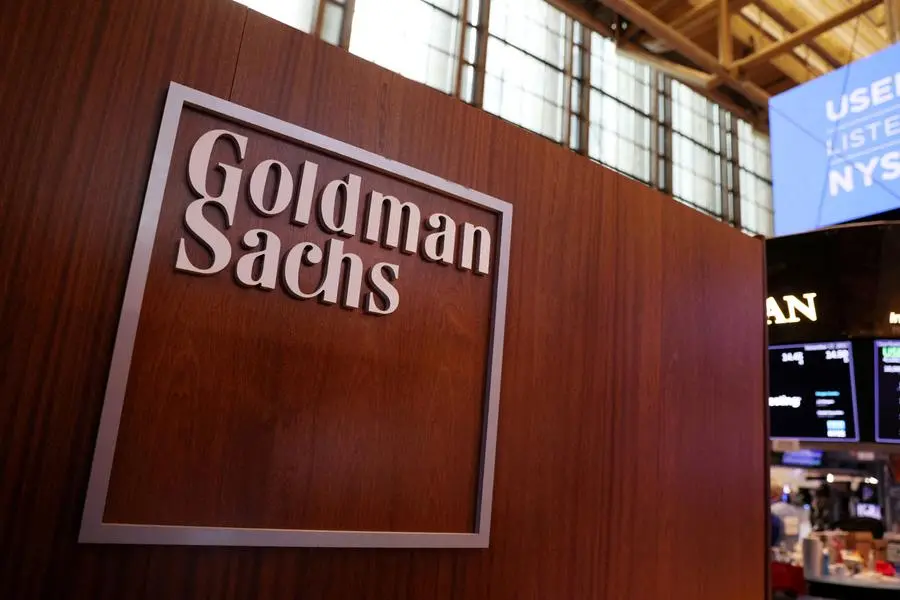PHOTO
STANFORD – The United States needs a clearer economic strategy to deal with the COVID-19 pandemic. While the crisis is unique in many ways, the economic-policy approach following the terrorist attacks of September 11, 2001, seems to be the most useful historical analogue.
Like today, that episode involved a sudden, surprise attack that threatened the entire economy, and thus required a rapid response. The immediate task was to sever al-Qaeda and its collaborators’ sources of financing without disrupting financial flows, economic activity, and the reciprocal relationships needed for economic growth. In the end, this strategy proved successful. The economy did not tank, and the 9/11 Commission later awarded the economic-policy response its only “A” grade.
Having a strategy is essential. But equally important is that the strategy accurately describe the economic problem at hand. It then must offer specific short- and long-term policies to confront that problem, and it must explain clearly how those measures will achieve their intended ends. Finally, the strategy also must include a plan to guide implementation by the relevant departments of government, the private sector, and US allies around the world.
Today, the big problem is that otherwise sensible efforts to limit the spread of COVID-19 – shelter-in-place mandates, social distancing, businesses closures, travel restrictions – are hitting the economy hard and will continue to do so for some time. With both the US federal government and many state governments – including California, New York, and Washington – having issued orders restricting commerce to varying degrees, people are beginning to worry that the cure might be worse than the disease.
But measures to limit the contagion are not the only threat to the economy and markets. So, too, are many of the economic-policy responses currently under consideration. For example, one-time payments to households, while understandable on humanitarian grounds, will neither open up markets nor give firms an incentive to hire. Past experience – namely, the rebate payments issued after the onset of the 2008 financial crisis – shows that such “stimulus” measures do not in fact stimulate. Because people assume that the payments will be temporary, they tend to save rather than spend the disbursement.
To be sure, some elements of the US response are more favorable to markets, including the Federal Reserve’s creation of new facilities to keep credit flowing, and efforts by the private sector to expand health-care facilities and produce more personal protective equipment for health-care workers and patients. But these are exceptions. The broader trend has not been in favor of the kind of free-market policies that are essential to economic growth.
More to the point, the US has no clear strategy, which is why recent piecemeal responses have faltered. On March 16, the White House released “15 Days to Slow the Spread,” its formal guidelines for confronting the COVID-19 crisis. In the few remaining days of this month, the US must develop an economic strategy that does not override the market.
Policies to open markets need not be inconsistent with sound public-health policies. The federal government should not shrink from encouraging more market transactions, rather than trying to smother all economic activity.
Now is a great time for people to order (online) that $2,000 Peloton exercise bike they’ve been hearing about, or to upgrade their home-computer equipment. To facilitate e-commerce during the crisis, the Federal Aviation Administration could ease its restrictions on the use of drones for home delivery, especially now that fewer commercial airliners are flying. For my part, I am offering my spring economics course online. According to the student ratings that have come in, the product is just as good as the on-campus course I have been giving for years.
The crisis also creates an opportunity for regulatory reform. The US strategy could seek to repeal – or at least suspend – many of the rules that hamper growth, while also placing a moratorium on new regulations that risk undercutting employment.
One obvious place to start is the 1920 Merchant Marine Act (the Jones Act), which restricts the transportation of goods between US ports by requiring that they be carried on American-made and -operated ships. Rescinding this rule would lower freight costs and open up more distribution channels. Longstanding proposals to streamline the Food and Drug Administration’s approval of new drugs would also be consistent with both the pandemic response and economic growth.
By the same token, repealing occupational licensing would open up sectors of the labor market to people who have long been shut out. The plague of unnecessary licensing has spread over the years to include everyone from tour guides and florists to interior decorators. This is not a partisan issue. Under former President Barack Obama, the White House Council of Economic Advisers concluded that runaway licensing requirements “raise the price of goods and services, restrict employment opportunities, and make it more difficult for workers to take their skills across state lines.”
Finally, Congress should adopt a bipartisan agreement that there will be no tax increases for the foreseeable future. That commitment alone would provide a real economic boost, and it would be especially welcome now that some are already calling for tax increases. The tax-hike chorus is sure to grow louder once the deficit from the economic-policy response starts to grow.
In sum, the paramount economic problem today is that the response to the pandemic is restricting rather than opening markets. While there will be pressure to relax these restrictions in the weeks ahead, a better strategy would be to deploy more market-opening measures that are consistent with public-health imperatives. The US must take steps to limit job-destroying regulations and avert growth-sapping tax increases – before it’s too late.
John B. Taylor, Under Secretary of the US Treasury from 2001 to 2005, is Professor of Economics at Stanford University and a Senior Fellow at Stanford’s Hoover Institution. He is the author of Global Financial Warriors and Choose Economic Freedom (with George P. Schultz).
© Project Syndicate 2020





















